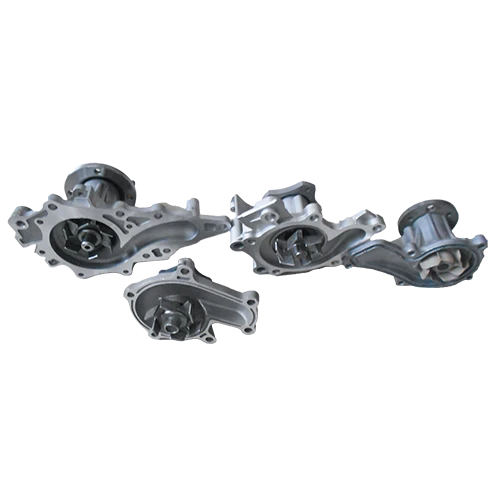Mobile:+86-311-808-126-83
Email:info@ydcastings.com
impeller vane
Understanding Impeller Vanes Structure, Function, and Importance
Impeller vanes are critical components in various mechanical systems, particularly in pumps, compressors, and turbines. Their primary function is to transfer energy to a fluid, facilitating its movement and increasing pressure. Understanding the design, operation, and significance of impeller vanes is essential for engineers and designers working across multiple industries.
Structure of Impeller Vanes
Impeller vanes are typically curved or angled blades attached to a rotating disk or hub, known as the impeller. The arrangement and shape of these vanes can significantly affect the performance of the centrifugal pump or turbine. Vanes can vary in number, size, and shape, depending on the specific application they are designed for. Common materials used for impeller vanes include stainless steel, plastic, and composites, chosen for their strength, durability, and resistance to corrosion.
Function in Fluid Dynamics
The operational principle of impeller vanes is based on the conversion of mechanical energy into kinetic energy in fluids. When the impeller rotates, the vanes move the fluid outward from the center of the impeller due to centrifugal force. This movement not only increases the velocity of the fluid but also raises its pressure. The efficiency and effectiveness of this energy transfer are heavily influenced by the design of the vanes. For instance, an optimal angle and curvature can minimize turbulence and enhance fluid flow, which leads to improved performance and reduced energy consumption.
Importance Across Industries
impeller vane

Impeller vanes are fundamental in various industrial applications. In water treatment plants, for example, they help move water through filtration systems efficiently. In the petrochemical industry, impeller vanes are crucial in moving volatile liquids safely and effectively. Similarly, in aerospace, they play a vital role in turbojet engines, where they help compress air before combustion, enhancing engine efficiency and thrust.
The design of impeller vanes has seen significant advancements. Computational fluid dynamics (CFD) allows engineers to simulate and analyze fluid behaviors around different vane geometries. This technology enables the optimization of vanes for specific applications, leading to innovations that improve performance metrics such as flow rate and energy efficiency.
Challenges and Innovations
Despite their importance, the design and maintenance of impeller vanes do not come without challenges. Gaps in design knowledge, wear and tear from prolonged use, and the necessity for compatibility with various fluids can complicate their effectiveness. Innovations in materials science and design techniques are continuously being explored. Modern materials, such as advanced composites and coatings, help improve durability and resistance to erosion and cavitation – phenomena that can significantly impact the lifespan of impeller vanes.
Conclusion
In summary, impeller vanes are integral to the efficiency and efficacy of numerous mechanical systems. Their innovative design and functionality directly influence the performance of pumps, turbines, and compressors. As technology evolves, further advancements in impeller vane design and materials will continue to enhance operational efficiency and reliability across industries, highlighting their invaluable role in fluid dynamics. Understanding and optimizing these components is essential for engineers to meet the growing demands of various applications worldwide.
-
Why Should You Invest in Superior Pump Castings for Your Equipment?NewsJun.09,2025
-
Unlock Performance Potential with Stainless Impellers and Aluminum End CapsNewsJun.09,2025
-
Revolutionize Your Machinery with Superior Cast Iron and Aluminum ComponentsNewsJun.09,2025
-
Revolutionize Fluid Dynamics with Premium Pump ComponentsNewsJun.09,2025
-
Optimizing Industrial Systems with Essential Valve ComponentsNewsJun.09,2025
-
Elevate Grid Efficiency with High-Precision Power CastingsNewsJun.09,2025











